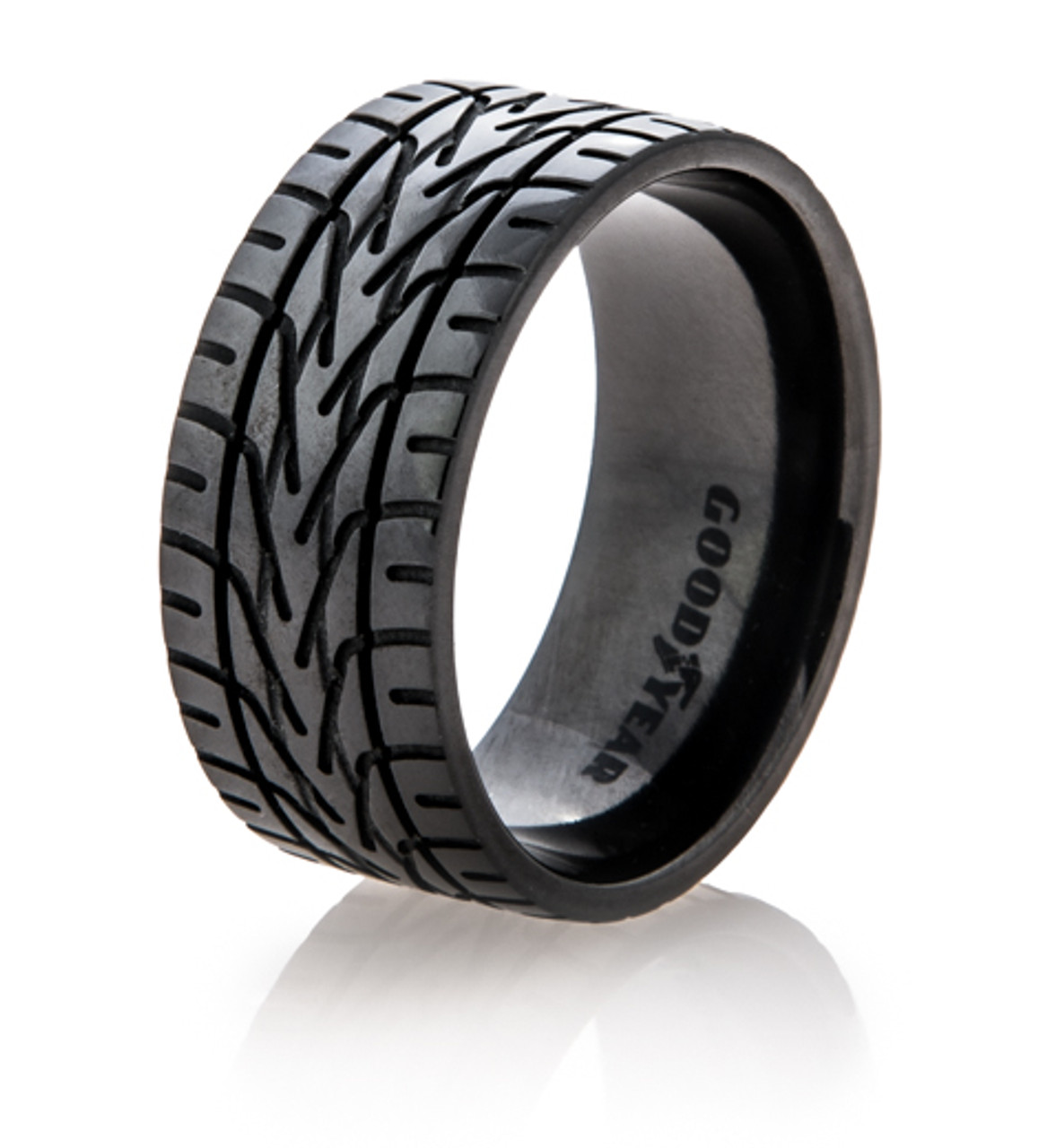Sigh. The editor strikes again, with a headline that is clickbait-y for an otherwise informational article. A more accurate headline would be: “what are hookless wheels, what benefits do they have, and how are they tested for parity to hooked wheels”.
The safety aspect – which the author and Envee lead with – can be distilled to this single, nebulous, unsupported statement:
Greater dimensional stability means a safer wheel.
In both computer and physical security, one of the perennial issues is that humans are bad at understanding risk. So if you say a door is 20% less likely to be kicked in, or this firewall protects against more intruders, what does that really mean? Most people do poorly at quantitative comparisons, but are usually fine at qualitative comparisons. So risk becomes viewed as “more risky” or “less risky”, compared to some standard, but the magnitude is dropped.
Risk is the other side of safety, so the idea of “more safety” is always going to be appealing. But the magnitude of a safety improvement is all-important for making proper evaluations.
To drive the point using a different bicycle component, let’s look at ball bearings, used for every rotating surface on a bike. As a definition for dimensional stability, I am using the one from this page:
A property of materials that allows them to maintain their original shape and dimensions throughout the manufacturing process, storage, and use.
Certainly, a ball bearing – almost by name – must be as round as possible, meaning it has just one dimension of paramount importance, its diameter (I am grossly oversimplifying). Deviations of a ball bearing will be compared against a theoretical sphere of a nominal diameter, so the stability is how far away the bearing might deform from that nominal value. This includes everything from manufacturing tolerance to operating environment (eg temperature and humidity).
Some factors will be totally controlled at the factory, such as the initial dimensions when it comes off the line. Careful machining can bring the tolerances even closer to perfect. For in-use tolerance control, the choice of material has a large impact, as some metals and alloys expand or contract at slower rates.
But while we could focus on delivering a bicycle ball bearing that is guaranteed to be within +/- 0.0025 mm, what does that really translate to? Does a bicycle ride substantially better with 0.0025 mm tolerance bearings than, say, 0.01 mm tolerance? How much is enough?
It’s very likely that hookless wheels have greater dimensional stability, and but “more” doesn’t mean always mean “better” and “safer”. As technology becomes capable of delivering even more impressive technical measurements, we need to keep in mind that the benefits become more limited and niche.
I appreciate that the three other hookless wheel manufacturers did not lead with safety, but focused on the performance aspect of their designs. That’s something which racing cyclists would find useful, as things like aerodynamics matter a lot.
The article does a good job at distilling the intricacies of the hookless wheel and is a worthy read. And while I do not expect this to become the predominant wheel design for the entire world’s bicycles, it’s nice to see design innovation. Just don’t needlessly couch it as a safety innovation.
For those who don’t know what hookless wheels are, they start explaining it halfway through the article, under the heading “What is a hookless wheel?”…
What is a hook? Not a spoke hook like I thought.
The hook is a ridge that faces towards the tire at the edge of a wheel. It’s small but the hook catches the bead of the tire helping with tire retention. If a wheel is hookless then there’s no hook there and instead the top edge of the wheel is flat. Rather than the hook catching the tire bead, the tire presses against the side of a hookless wheel. This is the same way that car tires work.
huh, I thought car rims also had this ridge for the bead to sit in.
This site’s cookie banner and method of ‘opting out’ is atrocious. Additionally, “What is a hookless tire” shouldn’t have been so late in the article ffs.




